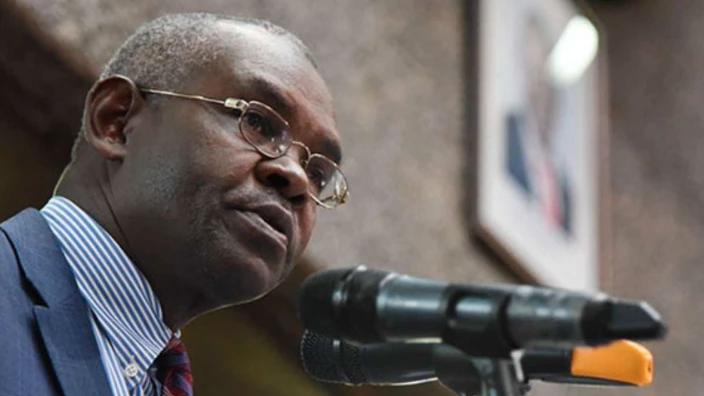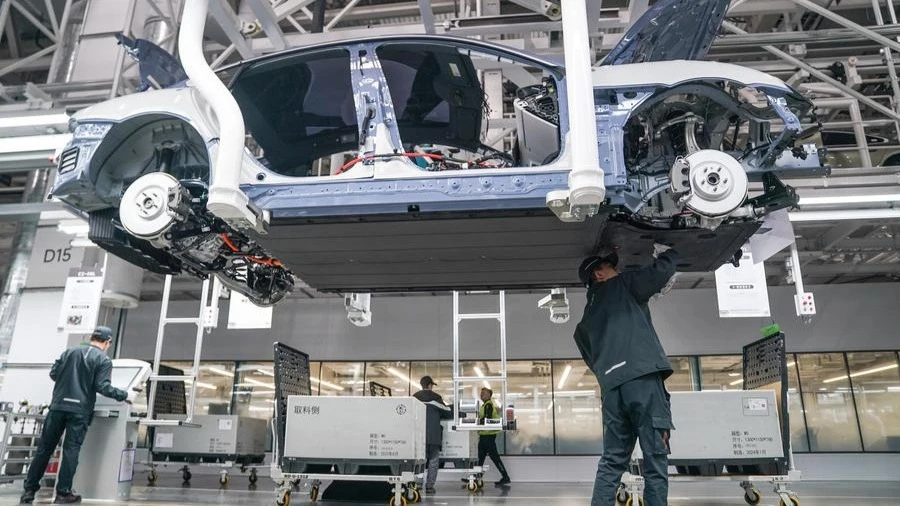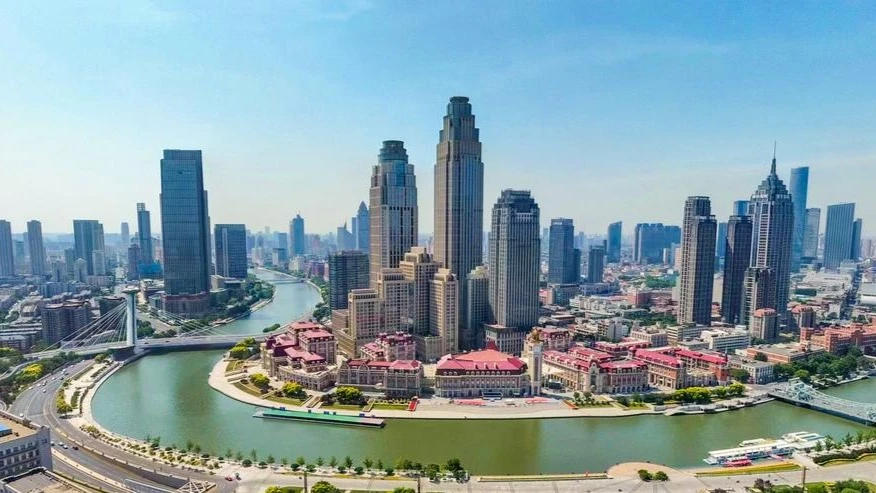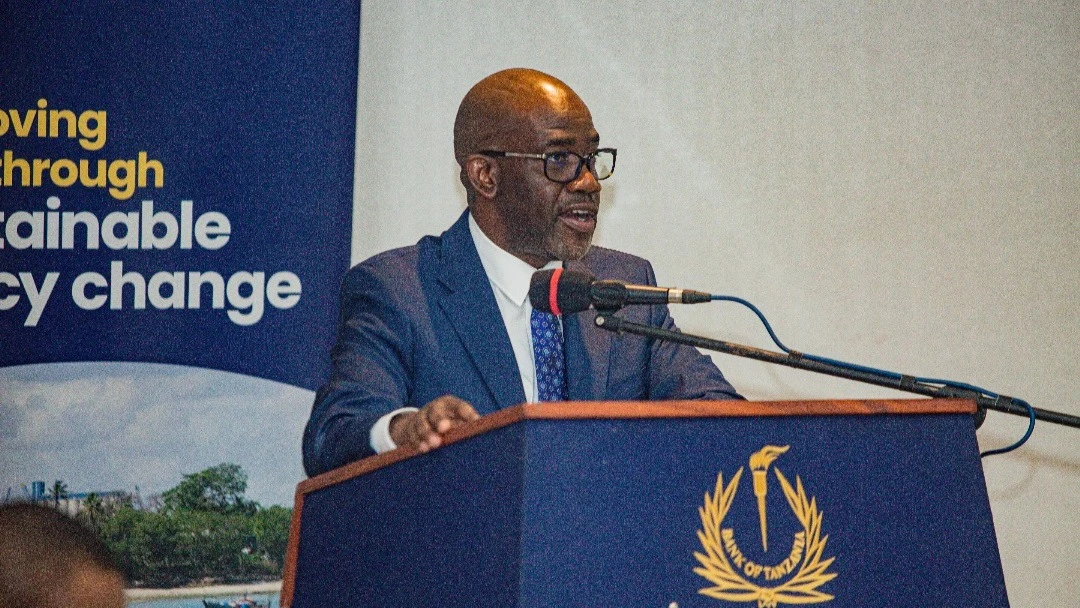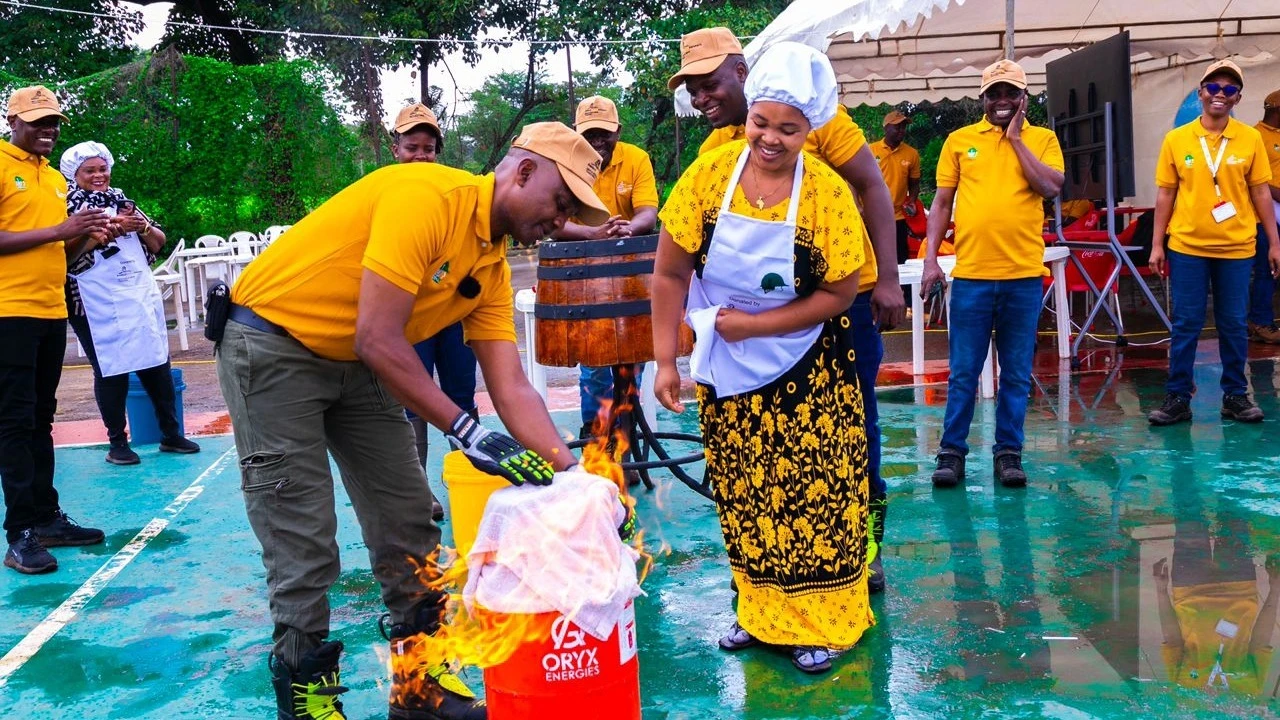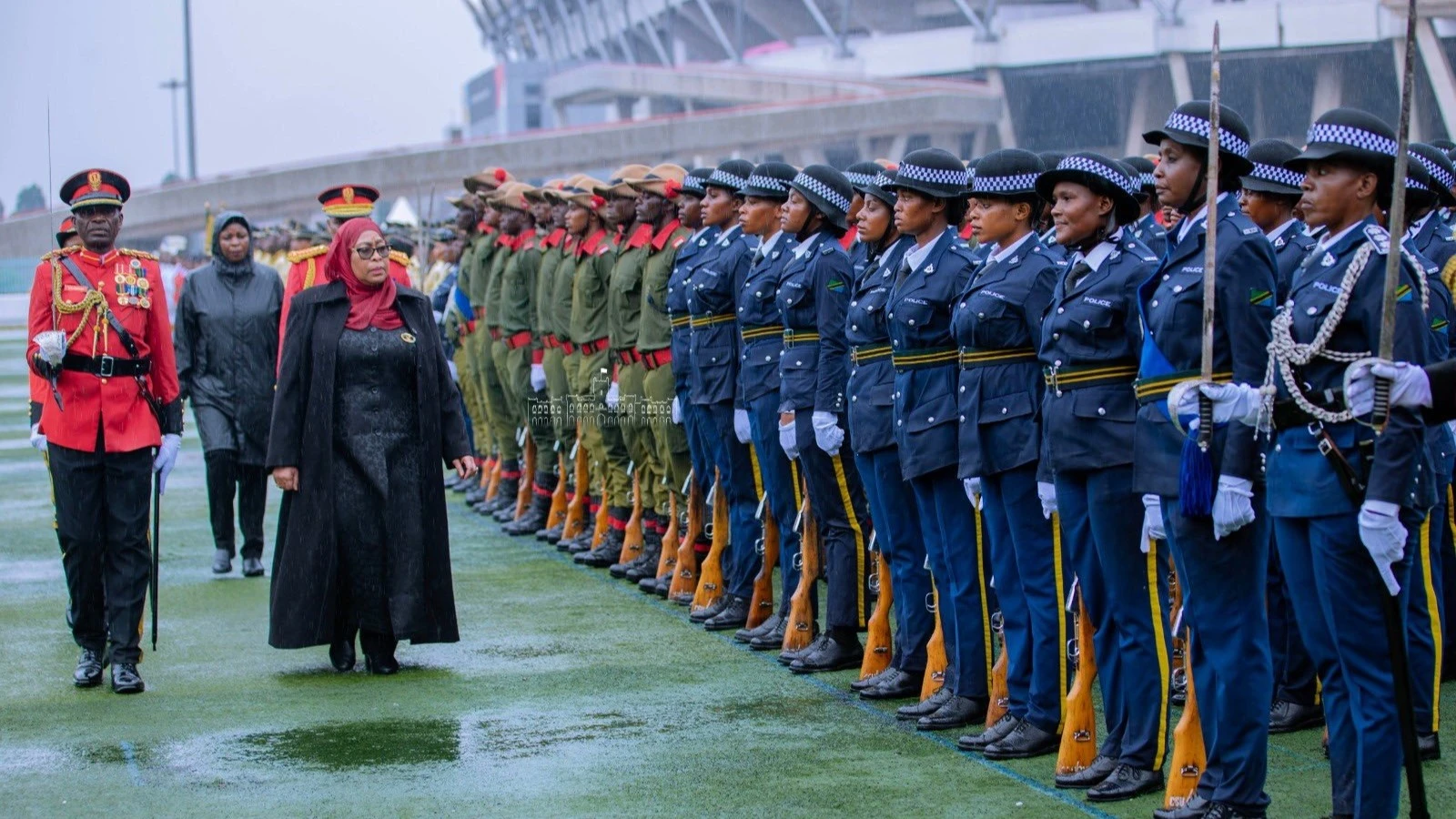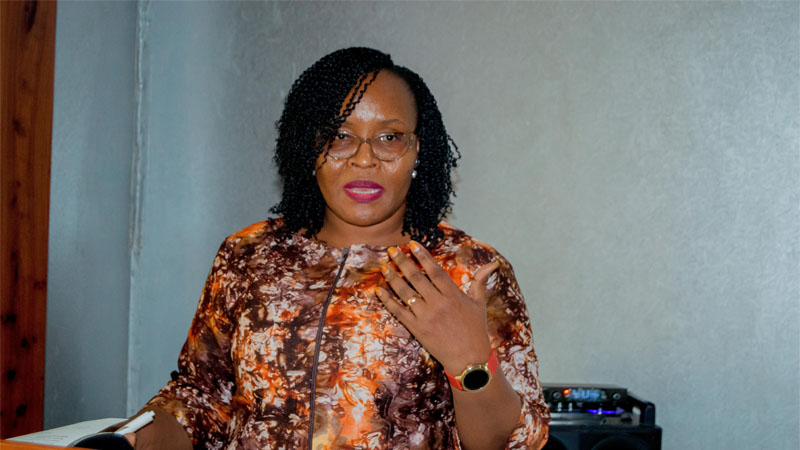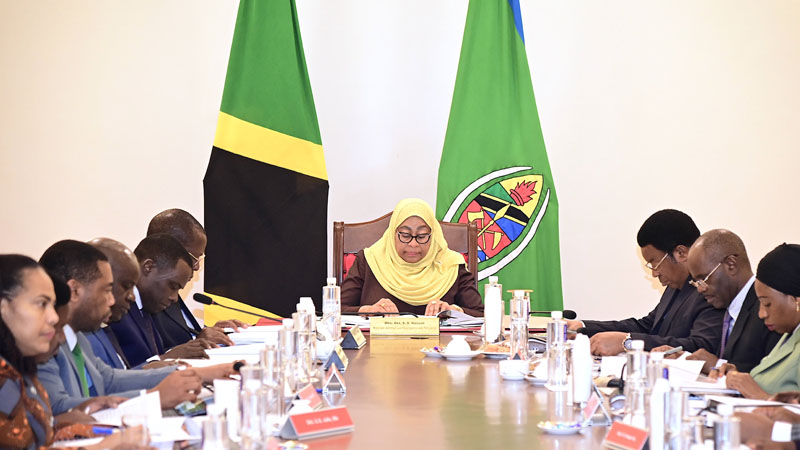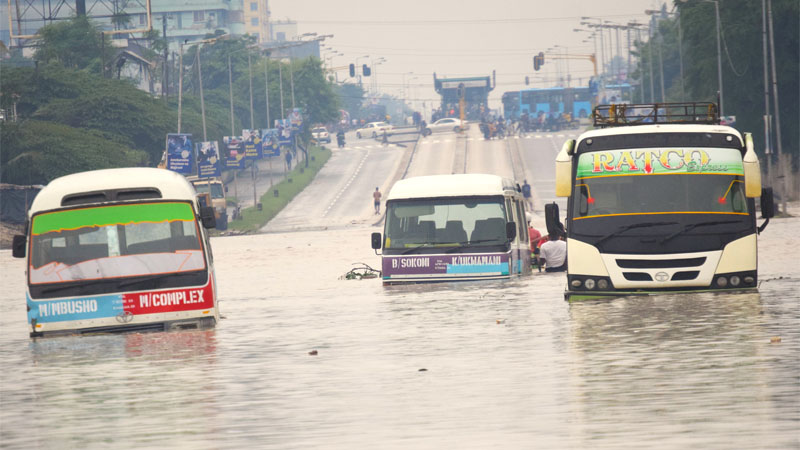Only half of households connected to electricity, NBS report
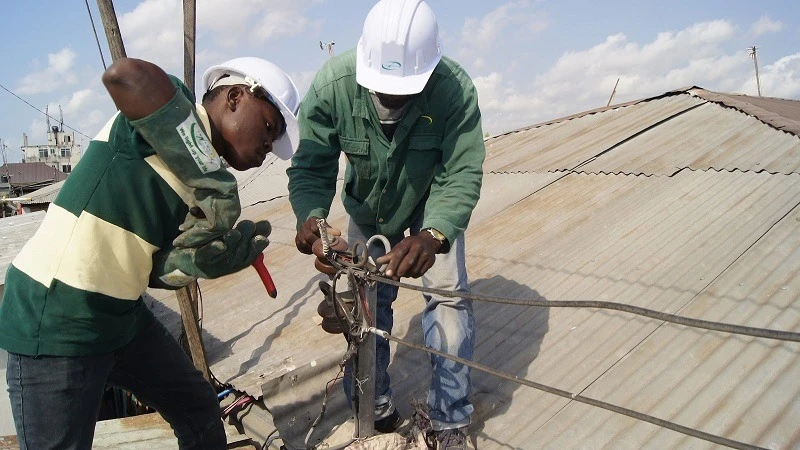
WITH the increased access to energy among Tanzanians, only five out of ten households are connected to electricity in Tanzania mainland, with Dar es Salaam region being on top with nine out of ten households.
According to the Impact of Access to Sustainable Energy Survey (IASES) 2021/2022 released recently by the national Bureau of Statistics (NBS), the percentage of households connected to electricity in Tanzania mainland has increased to 45.8 percent in 2021/22from 32.8 percent in 2016/17.
The percentage of households connected to electricity is higher in urban areas than in rural areas. Almost nine out of ten households in Dar es Salaam (87 percent) and seven out of ten in other urban areas (70 percent) are connected to electricity.
In contrast, the report shows about four in ten households (36 percent) are connected to electricity in rural areas.
At regional level, electricity connection is not evenly distributed in the Mainland Tanzania, the report notes as it reveals substantial differences in the share of households connected to electricity across the regions in Mainland Tanzania.
The rate of connection is 50 percent or above in the eight regions of Katavi, Lindi, Tanga, Dodoma, Kilimanjaro, Njombe, Rukwa and Dar es Salaam.
However, according to the report, the rate in the three regions of Mara, Shinyanga and Simiyu is less than 20 percent and the remaining 15 regions the connection is between 20 and 50 percent.
The report’s results show that 72 percent of households in Mainland Tanzania reside in communities with access to electricity.
In Dar es Salaam, all households live in communities (streets) that have grid connection, followed by 70.9 percent of households in other urban areas.
For those residing in rural areas, the report shows approximately two thirds of households (66.7 percent) live in communities with electricity.
Focusing on regional variations, the report shows that more than half of the households in most regions live in communities (villages, hamlets, and streets) that are connected to electricity.
It is only in five regions of Ruvuma, Singida, Tabora, Kigoma and Shinyanga where less than half of the households live in communities with access to electricity.
Sustainable Development Goal 7 (SDG7) aims to increase access to affordable, reliable, and modern energy services as it addresses the three dimensions of energy services including affordability, reliability, and modern energy services.
The SDG 7.1.1 indicator shows that, more than half of households in Mainland Tanzania (51.3 percent) access electricity in various forms.
The share is relatively higher in Dar es Salaam (82.2 percent) and other urban areas (68.5 percent). In rural areas, however, only 41.1 percent of households have access to electricity.
According to the report, in Mainland Tanzania, there is a significant variation in accessing electricity at regional level.
More than 80 percent of households in Dar es Salaam have access to electricity as per SDG7 definition, the percentage is between 40 and 60 for most of the other regions.
Simiyu and Manyara regions have the lowest access rates with less than a quarter of households accessing electricity.
The report shows that about 30 percent of all households in Mainland Tanzania consider grid as their main source of electricity.
In Dar es Salaam it is the main source for about 85 percent of the households while in rural areas, about 10 percent of households reported grid as the main source while solar based sources (home systems, multi light and solar lantern) are the main sources for about 55 percent of the households.
Around one third (33 percent) of rural households do not have electricity.
Top Headlines
© 2024 IPPMEDIA.COM. ALL RIGHTS RESERVED


